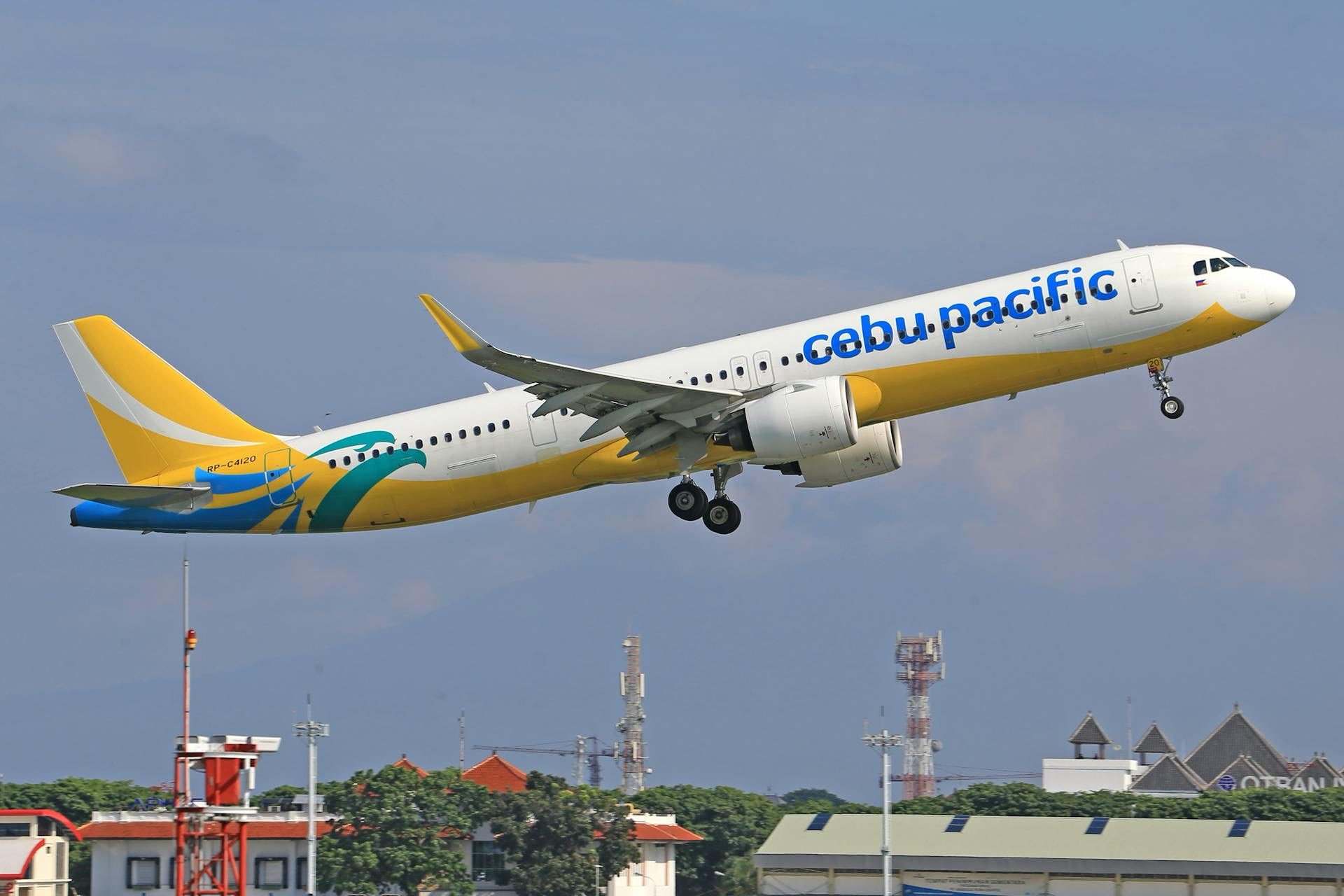Overview
• Operator: Cebu Pacific
• Aircraft Model: Airbus A321-200N (neo)
• Registration: RP-C4127
• Flight Number: 5J-588
• Route: Cebu (CEB) → Manila (MNL)
• Date: 8 March 2025
• Occupants: Unknown
• Casualties: None
• Aircraft Status: Grounded in Cebu for inspection
• Investigation: Airline and local aviation authorities assessing the cause
⸻
Incident Summary
Cebu Pacific flight 5J-588, an Airbus A321neo, experienced a landing gear malfunction shortly after takeoff from Cebu’s runway 04.
The crew stopped the climb at 10,000 feet, assessed the issue, and returned to Cebu. Before landing, the aircraft performed a low approach to allow ground crews to visually inspect the landing gear.
After confirming the issue, the crew executed another approach and landed safely on runway 04 approximately 50 minutes after departure.
A replacement A321neo (RP-C4124) was dispatched, reaching Manila with a 2-hour, 15-minute delay.
The affected aircraft remains on the ground in Cebu for further inspection.
⸻
Sequence of Events
Departure & Initial Climb
• The Airbus A321neo departed Cebu’s runway 04 normally.
• As the aircraft climbed through 10,000 feet, the crew detected a landing gear issue.
• Climb was halted, and the crew began troubleshooting the problem.
Decision to Return & Low Approach
• The crew requested to return to Cebu and opted to perform a low approach over runway 04.
• Ground crews visually inspected the gear but were unable to confirm full functionality.
Landing & Post-Flight Response
• The crew conducted a second approach and landed safely.
• The aircraft taxied to the apron without further incident.
• Passengers were rebooked, and the airline dispatched a replacement aircraft.
⸻
Investigation Findings & Initial Analysis
1. Possible Landing Gear Retraction Issue
• The A321neo’s landing gear may have failed to retract properly after takeoff.
• Potential causes include:
• Hydraulic system failure affecting gear operation.
• Faulty gear position sensors giving incorrect indications.
• Landing gear actuator malfunction preventing full retraction.
2. Crew Decision to Perform Low Approach
• A low pass over the runway allowed ground observers to visually inspect the gear position.
• This helped confirm the need for a controlled landing, avoiding further complications.
3. Safe Landing & Minimal Disruption
• The aircraft landed without further incident and was met by maintenance teams.
• Passengers were transferred to a replacement aircraft, minimizing operational delays.
⸻
Potential Causes & Contributing Factors
1. Hydraulic System Malfunction
• The A321neo relies on hydraulic pressure to retract and extend the landing gear.
• A hydraulic pump failure or fluid leak could have prevented retraction.
2. Faulty Gear Sensors or Indications
• The cockpit may have received incorrect landing gear status indications.
• If sensors misread the gear position, the system may have locked it in place as a safety measure.
3. Mechanical Obstruction or Actuator Issue
• The gear actuators may have encountered resistance, preventing smooth retraction.
• A foreign object or debris in the landing gear bay could have also interfered.
⸻
Safety Recommendations & Future Prevention
1. Thorough Inspection of Landing Gear System
• Check hydraulic components, actuators, and sensors for faults.
• Perform gear extension/retraction tests before returning the aircraft to service.
2. Review of Aircraft Maintenance Logs
• Investigate whether previous maintenance reports showed early signs of gear system issues.
3. Enhanced Monitoring of Hydraulic System Performance
• Airlines should track performance trends in gear operation for early detection of anomalies.
⸻
Conclusion
Cebu Pacific flight 5J-588 experienced a landing gear issue shortly after departure, prompting a return to Cebu.
The crew’s low pass approach allowed a visual check of the gear, ensuring a safe landing. The aircraft remains grounded for further inspections to determine the exact cause of the failure.
The incident resulted in minor delays, but no injuries or further complications were reported.
⸻
Disclaimer
“This report is based on available information as of 9 March 2025. While every effort has been made to ensure accuracy, the completeness of the details cannot be guaranteed. If you are the rightful owner of any referenced materials and wish them removed, please email takedown@cockpitking.com.”
